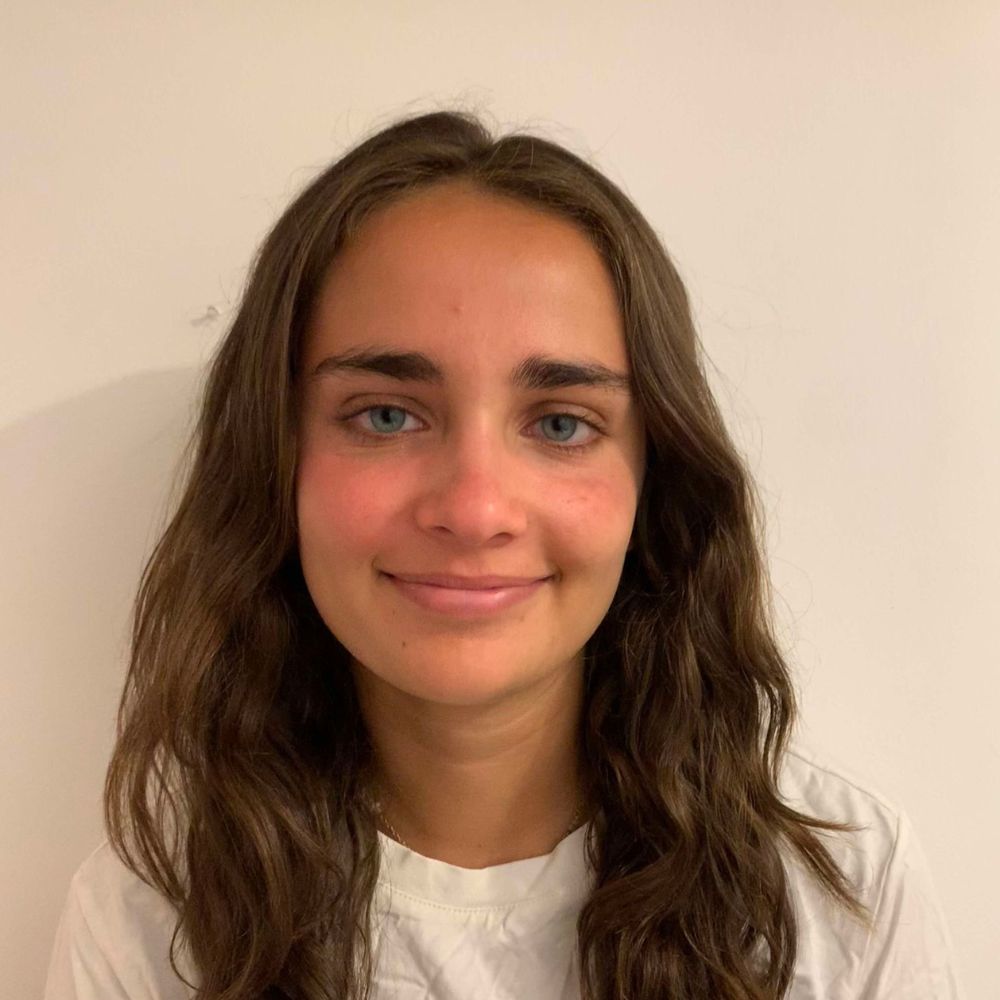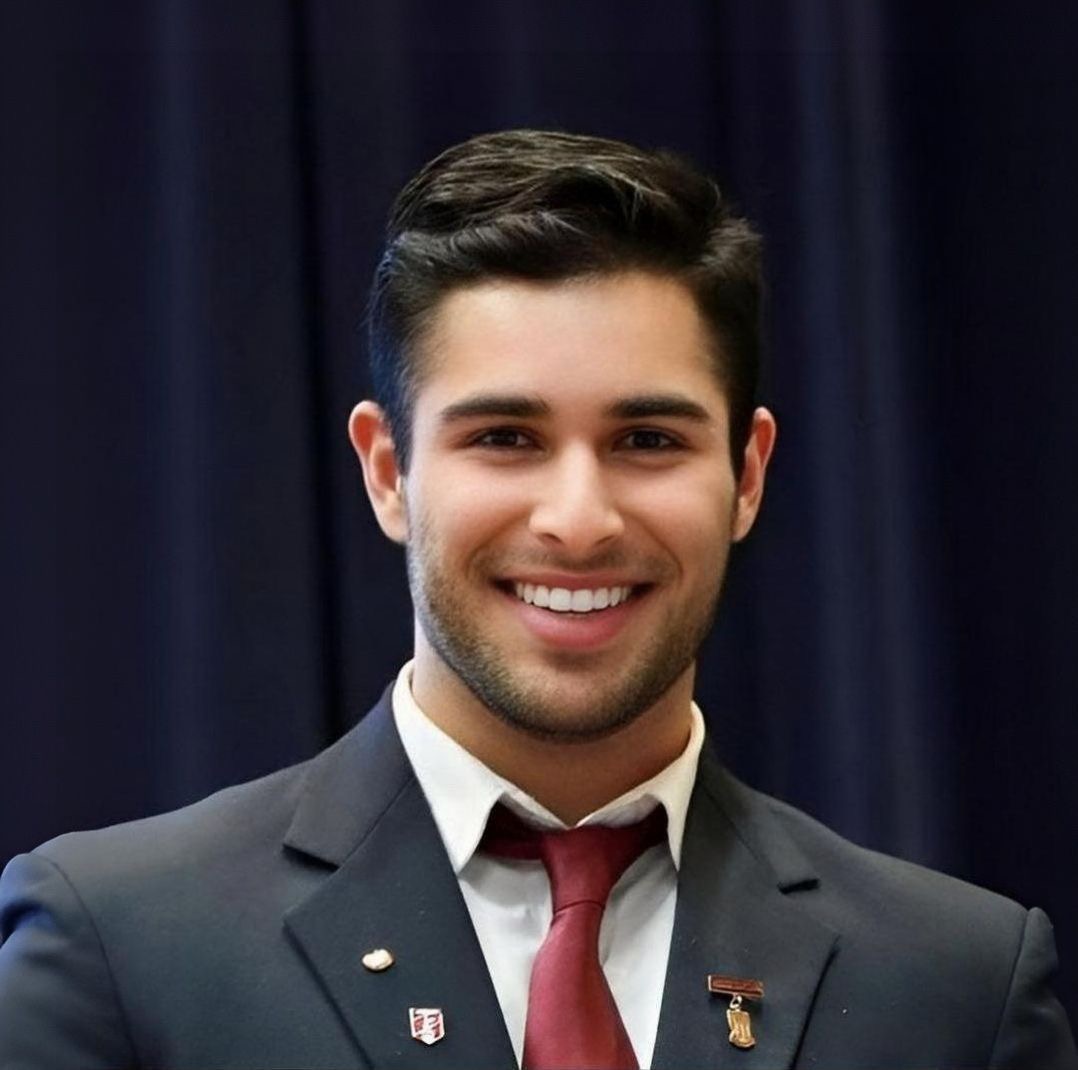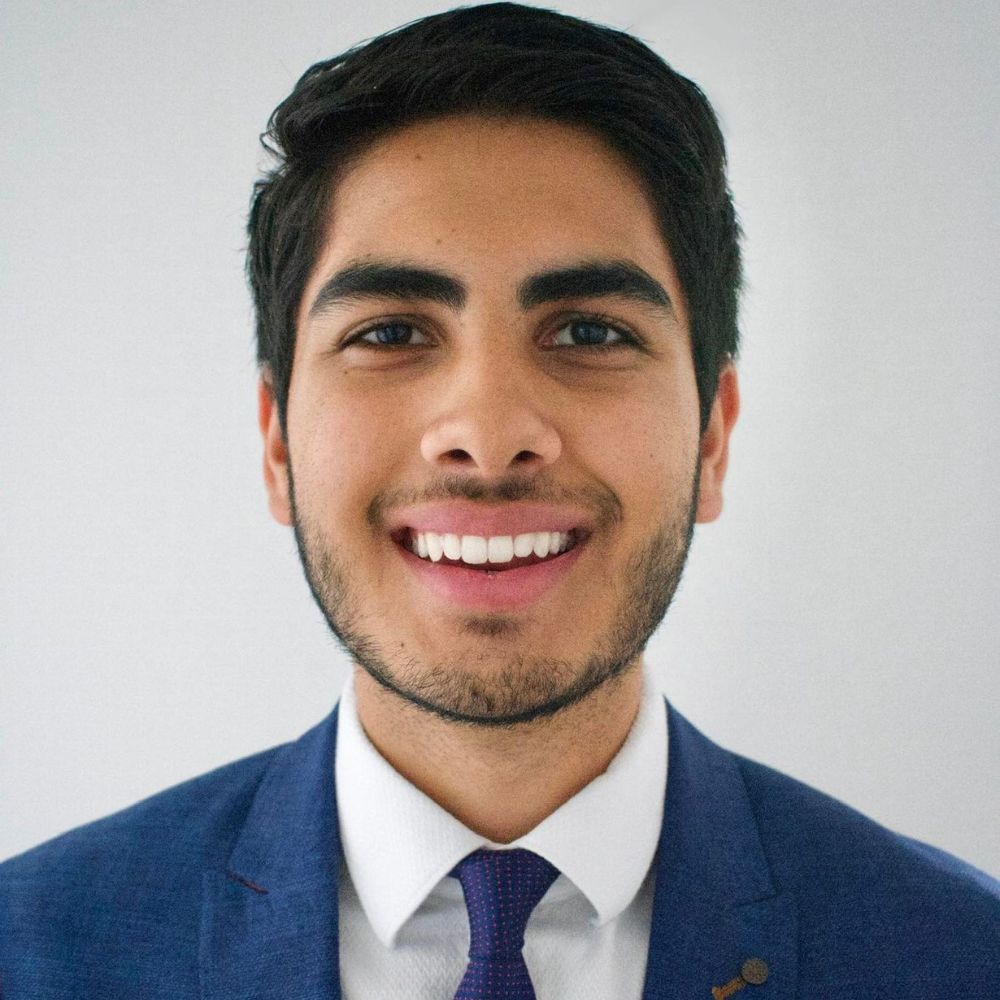SUBJECT SPECIALISATION: English, Writing, Math, Thinking Skills & Trial Test.
- Courses
Year 2-8 tutoring, available online
Select a year to see courses
Year 3
A fundamental course designed to empower students in their early academic journey.Year 4
💻 Enjoy the convenience and flexibility of our online OC classes that can be accessed anywhere at any time.
Year 5
Improve your English, Writing, Math, and Thinking skills with our all-in-one intensive selective test preparation! 📚💪Year 6
Improve your English, Writing, Math, and Thinking skills with our all-in-one intensive selective test preparation! 📚💪Year 7
Our intensive program to jumpstart your High School Success. 📚🔥High School
High School
Accelerate your learning and achieve academic success with our HSC preparation program.High School General Year 7-9
Year 8
Year 9 & 10
Year 11
- Enrol Now
- News
- Login
- Results
My favourite subject to teach is maths because I like the wide variety of topics and real life applications.
“Everything happens for a reason"
“Everything happens for a reason"

My favourite subject to teach is English because it allows students to individually think about the similarities, differences, and nuances across text types
"Let us read and let us dance; these two amusements will never do any harm to the world” - Voltaire
"Let us read and let us dance; these two amusements will never do any harm to the world” - Voltaire

My favourite subject to teach is English because I love to help others understand the great impact that words have on informing and shaping our lives. Similarly, I enjoy teaching reading and comprehension as analysis skills are essential to understanding how the world operates.
“Perfection is not attainable but if we chase perfection we can catch excellence"
“Perfection is not attainable but if we chase perfection we can catch excellence"

My favourite subject to teach is English because there is so much we can learn as humans from poems, novels and plays.
"How do you eat a whale? One bite at a time."
"How do you eat a whale? One bite at a time."

I love teaching mathematics because it develops logical thinking and problem-solving skills that are essential in everyday life.

My fav subject to teach is writing because how to express our thoughts. I enjoy teaching english because there is no right or wrong answer and you can be creative.
"A sentence is the final manifestation of everything we believe in" ~ Sid
"A sentence is the final manifestation of everything we believe in" ~ Sid

My favourite subject to teach is Science because there is an endless world of knowledge to discover in the natural world around us.

My favourite subject to teach is English because it gives power for us to express our creativity through writing
Jaegwon Chang
My favourite subject to teach is thinking skills because it’s very interesting to understand how human reasoning is flawed and why it’s tricky to answer logic problems. I enjoy teaching because of my interest in the psychology of optimising learning and performance. I like teaching kids because they have a happy positive energy . When managed properly , Children are highly engaged and curious .




7 thoughts on “Week 7 Writing Homework”
The Boy Who Shaped History
King Tutankhamun, the boy king of ancient Egypt, rose to power at nine years old and ruled during a time of great turmol. Though his reign lasted only a decade, his legacy was immortalised in 1922 when Howard Carter discovered his tomb, untouched for over 3,000 years.
The discovery of Tutankhamun’s tomb transformed our understanding of ancient Egypt. “His burial site is a snapshot of a civilisation at its peak,” said Dr. Yasmin Farouk, an Egyptologist. But beyond the treasures, the young king’s story resonates. His sudden death around the age of 18 remains a mystery, with experts debating causes ranging from injuries to illness. Tourists and researchers alike are drawn to his artifacts, many describing the experience as stepping into another world.
Modern technology has deepened the intrigue. DNA tests revealed Tutankhamun’s struggles with congenital conditions and evidence of malaria, shedding light on his fragile health. Advances like CT ( Computed Tomography) scanning have uncovered more details about his life and death while preserving his remains for future study.
A century after the tomb’s discovery, King Tutankhamun’s influence persists. Digital recreations and global exhibitions continue to share his story, captivating millions. His treasures remind us of the brilliance of ancient Egypt and the power of discovery to connect us with the past.
Tutankhamun may have ruled briefly, but his legacy spans millennia. The boy king’s story is one of wonder, mystery, and the enduring fascination of history.
FEEDBACK
Kazi Hasan- FEEDBACK
Cruel Chlorofluorocarbon’s Collective Cut-Off
Leo Wang Fu
30/11/2024
Instructor name: Shivani
What are CFCs?
CFCs are a type of organic compound composed of Carbon, Fluorine and Chlorine. CFCs can also have hydrogen in them. If they do, they are known as Hydrochlorofluorocarbons or HCFCs.
CFC-11 or tricholorofluorocarbon and CFC-12 or dicholorofluorocarbon are used as aerosol-spray propellants, solvents, and foam-blowing agents.
Discovery of CFCs’ Cruel Capabilities
CFCs were eventually discovered to pose a serious environmental threat. Studies, especially those of American chemists F. Sherwood Rowland and Mario Molina and Dutch chemist Paul Crutzen, indicated that CFCs, once released into the atmosphere, accumulate in the stratosphere, where they contribute to the depletion of the ozone layer. The ozone layer prevents the sun’s ultraviolet radiation of reaching the surface of the Earth. It can cause skin cancer in humans.
Chemical Reaction of Chlorine and Ozone
Cl (chlorine) + O3 (ozone) → ClO (chlorine monoxide) + O2 (oxygen)
Resolution
The Montreal Protocol in 1987 is a signature that if signed, countries are no longer allowed to use CFCs. 140 countries signed it in 1992.
Cruel Chlorofluorocarbon’s Collective Cut-Off
FEEDBACK
Leo Wang Fu – FEEDBACK
UKRAINE-RUSSIA WAR: The third biggest war after WWI and WWII.
Russia invaded Ukraine on February 24, 2022, launching a multi-attack on major Ukrainian cities, including Kyiv, Kharkiv, and Mariupol. Ukraine has pushed Russia back over time but is still under attack and is gradually gaining strength due to high-tech systems and open-source intelligence (OSINT). Apps like Eppo are being installed and used to counter large missiles that Russia is launching at Ukraine.
The war did not emerge out of nowhere. Tensions between Russia and Ukraine trace back decades, particularly after Ukraine gained independence following the Soviet Union’s collapse in 1991. However, the 2022 invasion was an escalation aimed at asserting Russia’s dominance and preventing Ukraine from aligning with the West. The situation remains fluid, and peace talks have yet to yield any substantial results. Ukrainian General Valerii Zaluzhnyi, dubbed the “Iron General,” played a crucial role in organizing Ukraine’s resistance and counteroffensives. His leadership has earned him global recognition, drawing comparisons to historic military strategists.
Ukraine’s resilience has been commendable, as the nation’s military forces adapt and employ innovative strategies to counteract the advantages held by the Russian army. The conflict underscores crucial issues surrounding the nation and the balance of power in the modern world, serving as a reminder of the fragile nature of peace and the enduring consequences of war.
The human costs have been devastating. Millions of Ukrainians have fled, creating Europe’s largest refugee crisis since World War II. Civilians in cities like Mariupol and Bucha have suffered unimaginable destruction, with reports of war crimes, including mass killings.
Many Middle Eastern countries have suffered as Ukraine has closed ports and not producing wheat even though they are one of the biggest wheat suppliers for Africa and Middle Eastern Africa. Also, Russia has stopped many ports in Ukraine as it is a threat to end products overseas.
FEEDBACK
Jhansi – FEEDBACK
On March 17, 1962, in Karnal, Haryana, India, a girl was born. She didn’t have a name, but her family called her Montu. When she started school, she needed a name. So, she herself picked Kalpana, yes Kalpana Chawla. People thought that this little girl just picked her name out of innocence, but no one knew that this innocent little girl was about to change history.
From a young age Chawla loved flight and space. She followed her dreams by getting a degree in aeronautical engineering from Punjab Engineering College. Her Pedagogical journey continued in the United States, where she garnered her master’s degree from the University of Texas and a doctorate in aerospace engineering from the University of Colorado. Chawla’s dream took a flight when she joined NASA as an astronaut candidate in 1994. Her first space mission was aboard the Space Shuttle Columbia on STS-87 in 1997. During this mission, she Supplied as a mission specialist and robotic arm operator, contributing to many Bestowing microgravity experiments.
Her second mission, also on Columbia, was STS-107 in 2003. This mission focused on a Myriad of scientific experiments across different fields, Encompassing from physical sciences to life sciences. Calamitously, the mission ended in disaster when Columbia Eradicated upon re-entry into Earth’s atmosphere on February 1, 2003, leading to the loss of all seven crew members, including Chawla.
Kalpana Chawla’s Heirloom extends beyond her Marvellous achievements in space. She was constantly awarded several Honors, including the Congressional Space Medal of Honor, NASA Space Flight Medal, and NASA Distinguished Service Medal. Her legacy lives on in the many schools, universities, and institutions named in her presence, and she continues to inspire aspiring astronauts and scientists around the globe.
Chawla’s life story is a Demonstration to the power of perseverance, dedication, and the follows of one’s dreams. She stays a symbol of inspiration, not just in India, but worldwide, encouraging the next generation to reach for the stars. 🚀